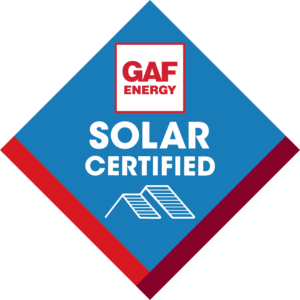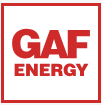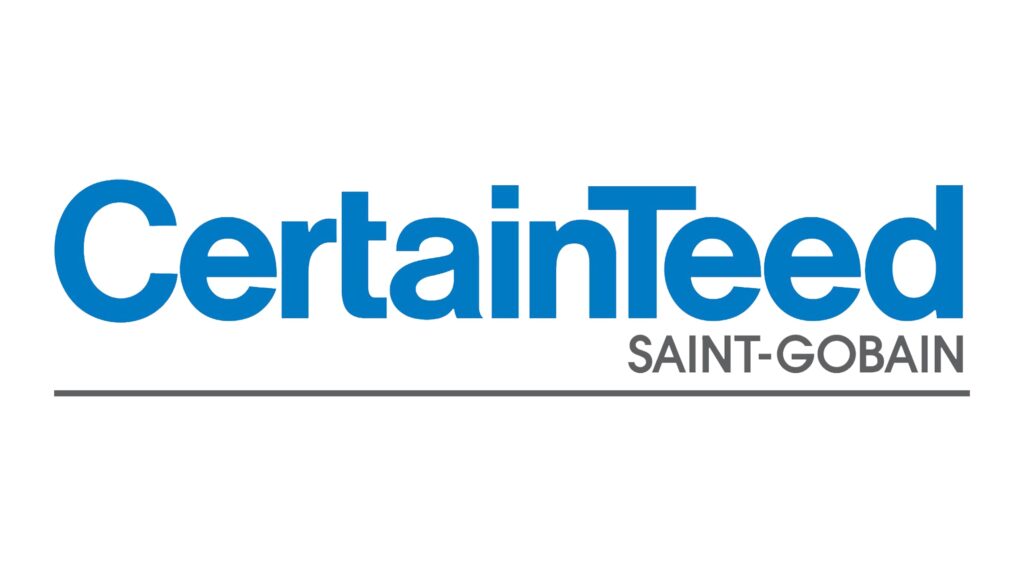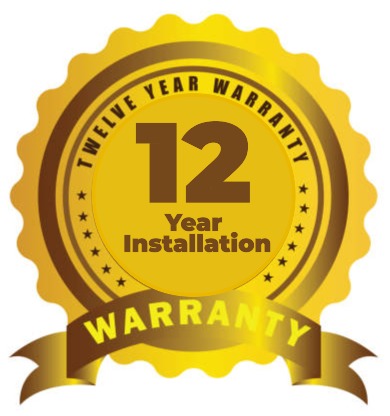Exterior Remodeling Renovations That Reduce Energy Bills
Dec 10, 2016With the cold temperatures in place for the foreseeable future, you can expect that your home’s furnace will get a workout this winter. But if you’re looking to give your furnace a break and reduce energy bills this winter, consider capitalizing on a few exterior home remodeling projects that will yield drastic results. “The key to lowering utility bills is to make your home more energy efficient. As energy costs continue to rise, enhancing your home’s more energy efficient is no longer simply an admirable goal, it’s necessary,” said Wendy Cline, owner of J&B Construction. There are specific exterior home remodeling projects that will increase energy efficiency and in turn, save you money.
Insulation is one of the first things that come to mind when you set about making your home more energy efficient. “A poorly insulated roof will not only require more air conditioning in the summer and more heating in the winter, but it will also make your attic uncomfortable for use as a bedroom or study,” said Wendy. Sometimes even if you had have insulation, it may not be enough. “Conversely, a well insulated roof can reduce your dependency on your home’s mechanical systems, significantly reducing your heating and cooling needs, along with your electricity bill and your home’s emissions,” she added. The material you choose will depend on the type of house you have and climate conditions. Regardless of the material you select, leaving air space between the insulation and the roofing material is generally a good idea as it reduces the possibility of moisture getting trapped in the structure or the insulation, causing mildew or mold to grow.
Just like the roof, well insulated siding is also an energy saver. “You can compare un-insulated vinyl siding to a window or door being left open in the middle of winter. Insulated vinyl siding’s ability to maintain interior temperatures can drastically reduce an air conditioning and heating system’s workload and energy consumption,” Wendy said. Insulated vinyl siding is also durable and easy to care for, saving homeowners energy, time and money on future maintenance and upkeep costs.
While you’re ensuring your roof and siding are properly insulated, it’s also wise to insulate wall cavities. “Many older homes have no insulation at all in their exterior walls. Therefore, it is vital to fill these cavities to achieve comfort and savings,” she said. Often times, holes are drilled in the siding from the outside or in the drywall from the inside, accessing each cavity individually. Then either blown in cellulose insulation (made from recycled newspapers) is added or a liquid foam product that expands to fill the stud cavity is applied. The holes used to access the interior of the walls are then repaired and repainted.
“Windows can also be an area of concern. If your windows are old and leaky, were manufactured with aluminum or steel frames or are the single-pane variety, you should consider a upgrade,” said Wendy. One inexpensive option is to install storm windows on the outside of existing windows, as this will reduce air leakage and create a dead airspace that reduces heat loss. Another option is to remove the existing windows and replace them with a more energy efficient product. “Although this upgrade has a larger upfront expense, the 10-year payback represents a 10 percent financial return on your investment,” she said. “In addition, the gains in comfort are immediate and rising energy costs will increase your return on investment.”
Finally, you will want to seal any cracks on your home’s exterior. “It’s one of the easiest and most cost-effective measures a homeowner can take. I strongly recommend purchasing a quality caulk product,” said Wendy. Small gaps around windows, for instance, require high-quality silicon paintable caulk. Larger gaps can be filled with expandable foam. A flexible material called backer rod can be used for very large openings.
“Completing these exterior home remodeling renovations will not only increase your home’s energy efficiency, but it will reduce your energy bills and will improve your frame of mind knowing your home will be more comfortable during those cold winter months that are ahead,” said Cline.












